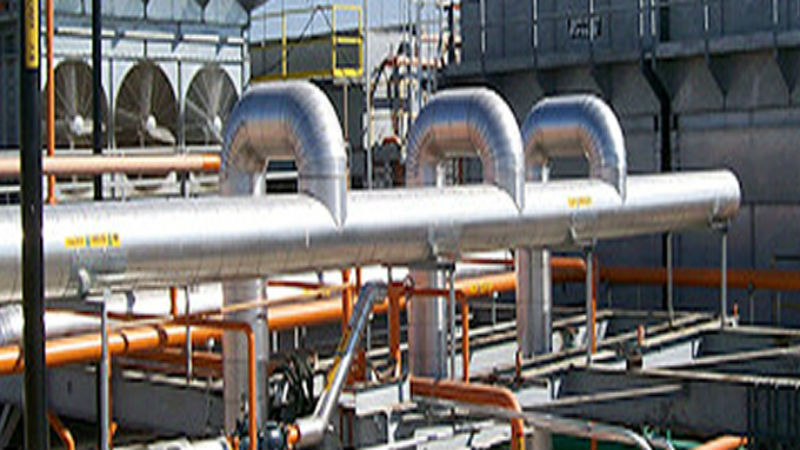Any engine or automotive manufacturer understands the importance of balancing. While the process involves individual component balancing, ensuring that all parts of the engine are in balance ensures top performance as well as longer life.
Connecting rod balancing is a particularly critical task. This should be done on all types of engines including racing engines and the much slower diesel engines. Both types of engines, as well as all that fall in between, require the connecting rods are balanced to avoid creating a vibration that will eventually lead to early failure of bearings and components such as crankshafts.
To understand the importance of connecting rod balancing with high levels of accuracy, consider the force that can be generated. Even if there is only a fraction of an ounce of imbalance on the connecting rod, the resulting force can be hundreds of pounds on the engine components as the RPMs of the engine increase during normal driving and operation.
Accuracy and Precision
A top method of providing connecting rod balancing looks for any imbalance along the length of the connecting rod. This means identifying if there are heavier or lighter spots to prevent wobbling and pulling of the rod.
Ideally, the system should weight both the pin and crank end simultaneously. Then, the system should compare those two weights with the pre-set weight standard for each and provide a clear readout of the two ends. Systems that display the difference from the standard weight as either a positive or negative number are ideal for quick, accurate and precision readings and verification of the balance of the connecting rod being tested.
Weighing systems should also be very user-friendly. Take a close look to make sure device automatically re-zeros, an important factor to keep in mind when it large testing and balancing requirements are a frequent issue.


